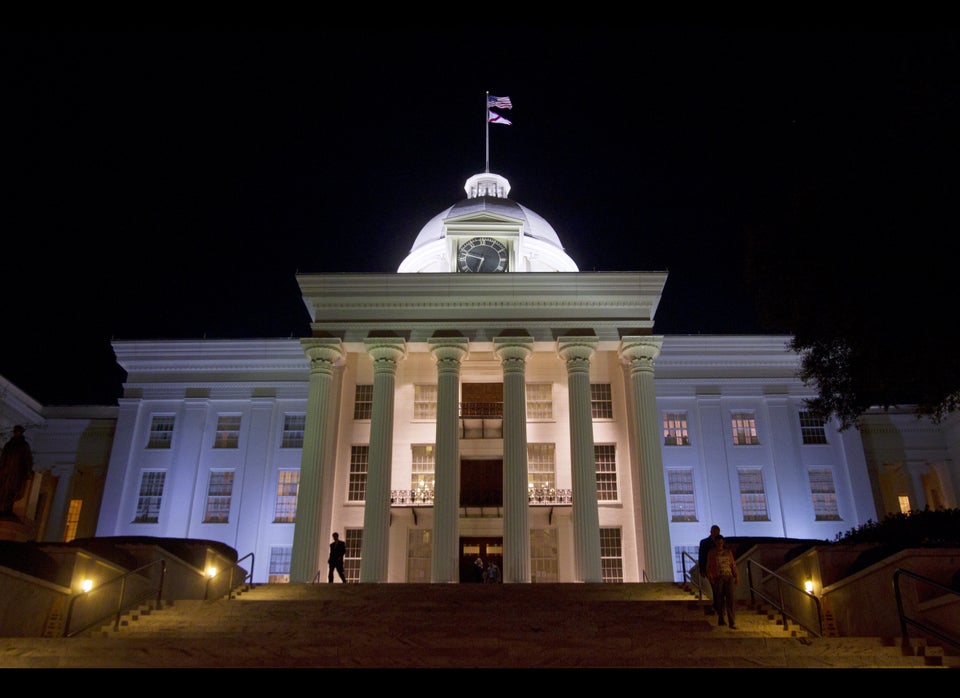Texans faced long lines in the 2016 election and confusion over their polling place, registration status and the documentation required to vote, a report from a Texas civil rights group finds.
The Texas Civil Rights Project’s analysis released Thursday tracked over 4,000 incidents reported to a voter hotline or to field volunteers. It shows there was a lack of understanding among voters and election officials alike surrounding voting qualifications required by a controversial 2011 voter verification law. In April, a federal judge ruled the law was designed intentionally to discriminate against black and Latino voters, pushing Texas lawmakers to amend the legislation amid concerns that the state could be put under federal preclearance for its elections.
Of the 4,075 incidents logged in the report, about 8 percent involved confusion over the voter ID law. More than half of the incidents involved questions about a polling location, and the report noted most of these questions came from a predominantly black area in Houston. Over 8.5 million Texans voted in the November election.
A separate ruling found the voter verification law discriminatory last year. As a result, Texas reached an agreement with the Department of Justice to allow voters without an accepted form of ID to cast a ballot if they showed a voter registration card and an acceptable document and signed a declaration saying they could not obtain acceptable identification. But the report notes at least seven of the state’s 254 counties still displayed signs during early voting saying a photo ID was necessary to vote. Most of the voter ID-related incidents reported involved election officials telling people they needed a photo ID in order to vote. In Harris County, in which Houston is included, a man was turned away after showing up to vote with his voter registration card and a utility bill, and was only able to cast a ballot after an election worker accompanied him back to the poll.
The confusion over voter ID is significant because officials pushing voter verification laws often argue the measures aren’t discriminatory if voters receive a free card identifying them. Advocates also argue that the laws don’t discriminate if voters don’t possess an acceptable form of ID and can produce other verification. The issues in Texas show that even if those safeguards exist, voters can still face considerable obstacles to voting. Earlier in June, Texas passed a new voter ID law that formalizes the temporary solution reached last year, but lawyers for the plaintiffs suing the state have urged a federal judge to get rid of the new requirements as well as the original voter ID law.
Despite assurances from state officials that Texas would commit considerable resources to educating residents about the 2011 law, several of its largest community voter outreach groups said they did not even receive a voting manual from the state. Texas set aside just $2 million to educate voters about the law, but the campaign the state launched appears to have been ineffective, according to a ProPublica review of the state’s outreach efforts.
The report also shows many voters didn’t know where to vote and had to wait a long time when they got to their polling place. After the Supreme Court’s 2013 decision in Shelby County v. Holder, which struck down a key provision of the Voting Rights Act, Texas was required to approve changes to elections with the federal government. Since the decision, Texas has closed more polling locations than has any other state in the country, according to a report last year. An estimated 57 percent of the incidents reported involved questions about polling locations and many voters reported having to stand in line for more than an hour to cast a ballot. The lines were particularly long at Prairie View A&M University, a historically black school near Houston, where voters had to stand in line for up to three hours to vote.
To improve elections in the state, the Texas Civil Rights Project called for efforts to modernize the state’s voter registration practices and to comply with voter registration law.
“We will need to think seriously about polling place efficiency, and invest in often over-looked aspects of election administration like voting technology and poll worker training,” the report says. “Lastly, providing robust education efforts to ensure Texas voters understand the current requirements to vote is essential to make the process easier and fairer for individuals across the state.”

